Did you know that drowning is the leading cause of death by injury in children aged 1 to 4 years old? It’s also the second leading cause of unintentional injury death after motor vehicle crashes for children aged 5 to 14. Unfortunately, statistics show that nearly 4,000 children pass away each year due to drowning, with very young children facing the highest risk of accidental drowning. Luckily, parents can follow several practical tips to reduce the chances of accidents and create a safer environment for children to enjoy the summer months at the pool. The entire family can contribute to a fun and safe pool experience by being vigilant and informed. Consider these ten tips for pool safety and your children:
1. Enroll in Swimming Lessons
Learning to swim is a vital, life-saving skill that can help your child survive in any body of water, even far away from your own backyard. You might think swimming is too advanced for babies, but many swim classes are available for children as young as six months old. Primarily, these classes can teach your infant to familiarize themselves in the water and develop essential basic water safety skills such as floating on their back, how to hold their breath while being submerged, and simple kicking. Babies will learn to be comfortable in the water and the earlier you introduce them to swimming, the more time they can build safe, essential habits.
2. Designate a Water Watcher
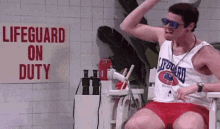
This one may seem obvious, but providing constant supervision for children while they are in or around the pool can help prevent drownings or near drownings. Experts say that children under five should be within arm’s reach when in the pool, but older kids can also face risk of drowning in the absence of a watchful eye. Especially in large group settings, it can be easy to assume someone else is supervising young swimmers, which can lead to potential drownings. The American Red Cross recommends assigning someone to be a designated water watcher and to switch off periodically to ensure everyone can help keep your pool safe. Read more about their Water Watcher tips and objectives here.
3. Establish Pool Rules
Create and reinforce pool safety rules for everyone using the pool. Some examples of these rules are the following
- Kids under a certain age can not enter without a grown-up
- Walk, don’t run around the pool area
- Only dive in designated deep areas
- No pushing or dunking
4. Remove Toys When the Pool Is Empty
Colorful pool floats may tempt kids to play in the water unsupervised, which can increase the risk of a drowning incident. Toys around the pool area can be tripping hazards, leading to unwanted incidents. Take the extra time to put your floats and toys away and leave the water and surrounding area clear of any potential attractors for small children. Just bring the toys out when an adult can be present, and pool fun can remain safe.
5. Invest in Safety Fencing

A pool fence acts as a barrier to prevent unsupervised access to the pool by children and pets, significantly reducing the risk of drowning. More than keeping folks OUT of the pool, above ground pool fences also have the added benefit of preventing children INside the pool from falling out, as it creates a physical barrier surrounding the pool perimeter. Aside from offering peace of mind, pool fences may be mandated for insurance purposes, local regulations, and homeowner’s associations.
6. Pool Alarms Can Provide An Added Layer of Safety
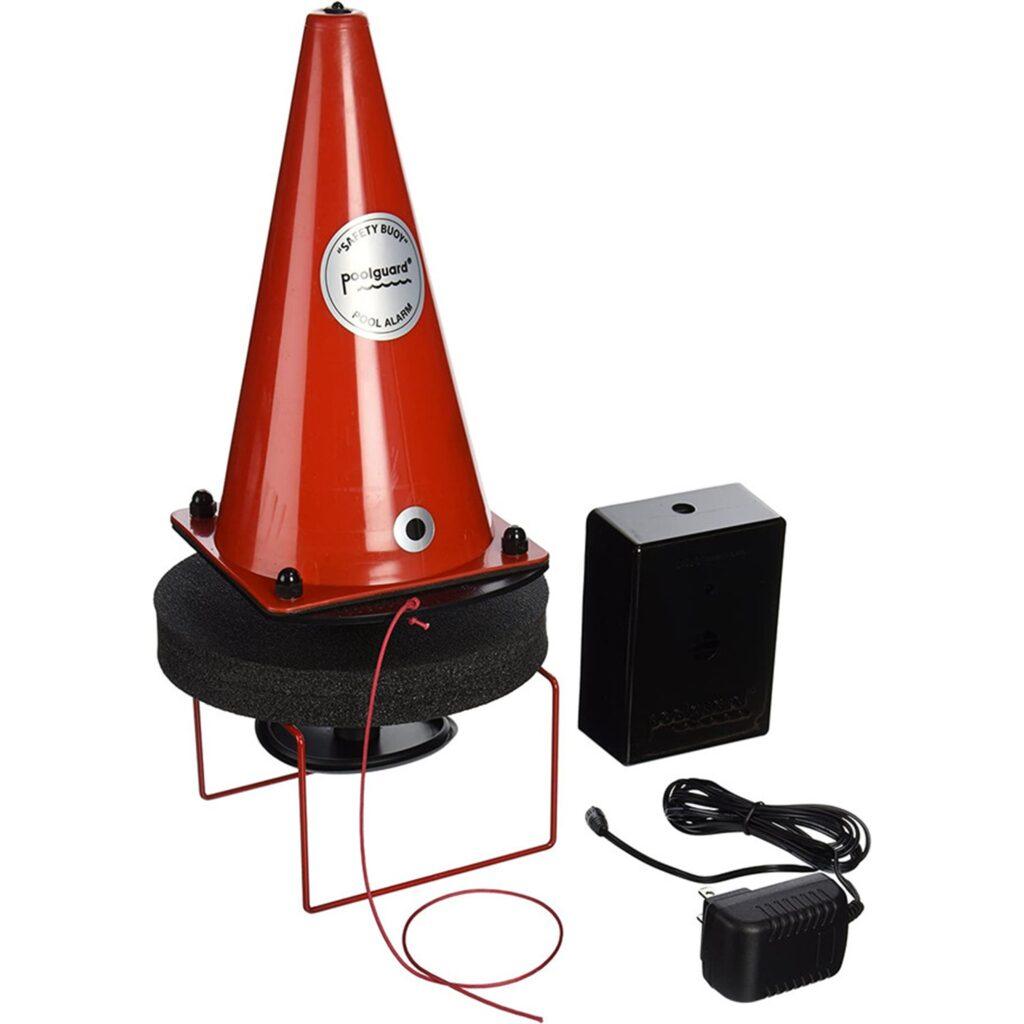
Pool alarms are safety devices that notify you when someone or something enters the pool, which helps prevent pool-related accidents. There are several different types of alarms, with a range of functions and price points so you’re sure to find an alarm that meets your needs. Most pool alarms are easy to install and work by using sensors which alert you when motion is detected in or around the pool, depending on the type of alarm you choose. Here are our favorite types of alarms
- If you have a door or gate that leads to your fenced in pool area, you might consider a door/gate alarm. These kinds of alarms alert you upon an unauthorized entry into your pool area
- Pool immersion alarms, or sub-surface alarms, detect disturbances in the pool’s water by using an underwater motion sensor. These alarms are mounted into your pool and can detect when an object weighing more than 15 lbs enters the water, alerting you into action to keep your children and pets safe
7. Use Safety Covers to Keep the Pool Covered When Not in Use
Safety covers come in many shapes, sizes, materials, and colors, but they all work to protect your pool from debris, weather, and accidents by keeping children and pets from gaining access to the pool when not in use. These covers have the strength and durability to protect your pool and family for years to come. Read more about the benefits of safety covers as well as other types of covers in our helpful article here.
8. Consider Life Saving Tools Such as Safety Buoys and Life Hooks
While you might see these two life-saving tools more commonly in commercial pools, it’s not a bad idea to add one of these to your backyard pool shed as it can help anyone bring a swimmer in distress to safety regardless of their ability to swim. The two tools are similar but their functions vary slightly.
A life hook, or sometimes called a shepherd’s crook, is a long pole with a hook on the end. It can be used to rescue a struggling swimmer by reaching and pulling them to safety from a distance. A buoy or a lifesaver ring can be thrown to someone in the water to help them stay afloat and ensure their head stays above water until help can arrive.
9. Take Steps to Prevent Sunburn
Whenever your kids are outside for extended periods, including swimming in the pool, be sure they apply sunscreen with a minimum SPF of 30, even on cloudy days. Don’t forget to reapply frequently to prevent sunburn. Swim shirts, which are made from UPF-rated fabric, are designed to block the sun’s UV rays and can be another great option to protect against painful and harmful sunburns.
10. Learn CPR and Basic Water Rescue Skills
Learn the signs of drowning in and out of the water. Child safety experts advise that kids drown silently and quickly, unlike what you see in movies. Rather than loud splashes, flailing and yelling, silence may be the first sign something is wrong. Children who are in distress may be still, have their head tipped back, arms moving downward, or gasping for breath. While uncommon, the risks of drowning can still continue once you leave the water. Dry drowning, or delayed drowning, occurs when water enters the lungs and causes breathing difficulties hours or even days after the incident. Keep an eye on kids who report respiratory distress, chest pain, fatigue, or nausea and vomiting after swimming.
CPR is an invaluable skill that can be learned by anyone. Far more useful than helping only in drowning cases, it can be used in a variety of medical emergencies like choking, heart attack, severe allergic reactions, or traumatic injuries, and can make a life-saving difference while waiting for professional medical help to arrive. Knowing CPR empowers you to take immediate action and provide critical aid to loved ones during emergencies when every second counts.

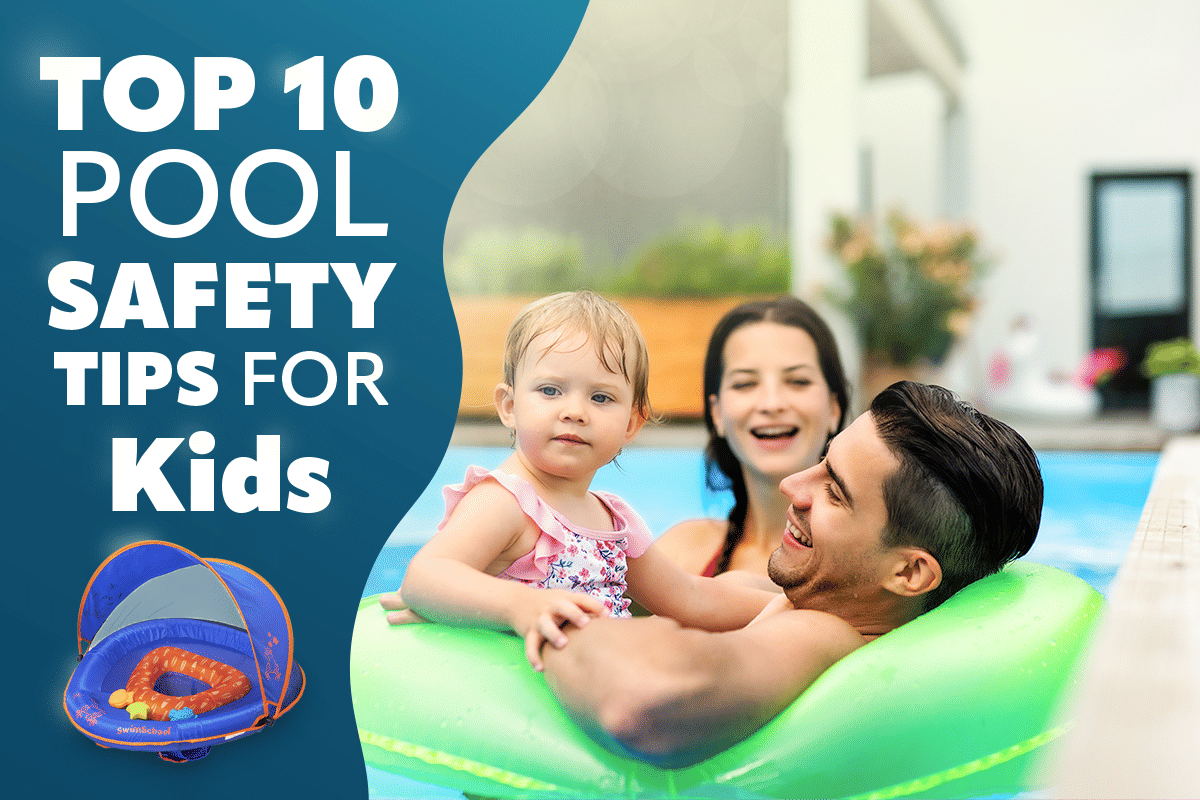


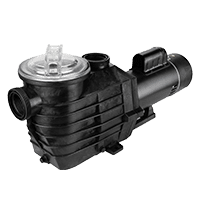

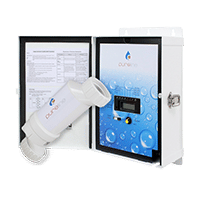




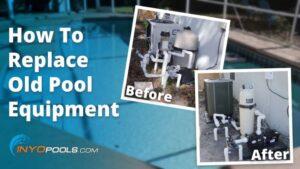
Leave a Reply